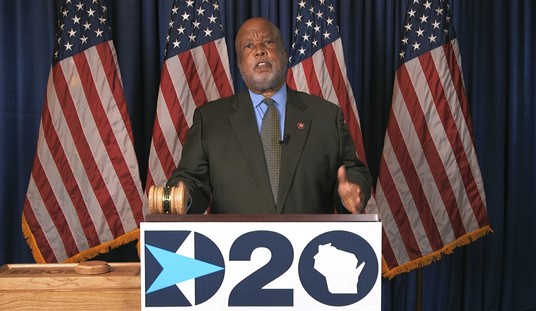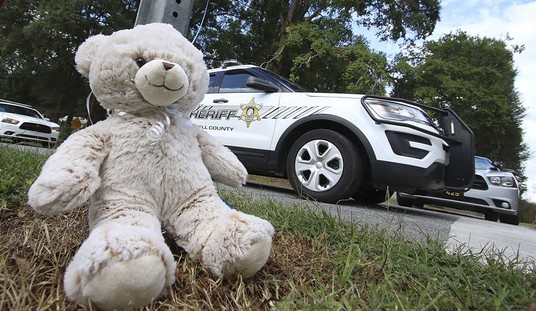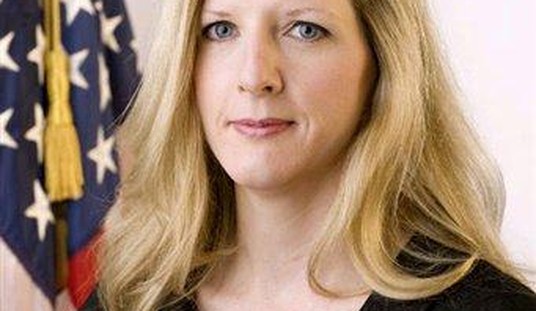The cities and counties in California are going through their laborious, regularly scheduled “point-in-time” count of homeless people and the news hasn’t been good. This is particularly true in San Francisco, where they initially estimated an increase of 17%. But now that the more detailed analysis has been finished, it looks like the number is closer to 30. These numbers are required so they can qualify for federal funding to deal with and assist the homeless population. (LA Times)
Over the last several months, cities and counties across California have been releasing homeless counts. The results have been grim.
San Francisco was no exception. In May, the city released data that showed homelessness had jumped 17%. That was bad enough. Last week, a more complete accounting, known as a point-in-time count, showed the problem was even worse.
The count revealed that homelessness in a city that’s become a caricature of wealth inequality in the U.S. had actually increased by about 30% from 2017, when the last count took place.
Even if the jump had been 17%, that would have been bad enough but these figures look markedly worse. But then again, are they really? They’re using a significantly different method for counting the homeless during this point-in-time count and it sounds as if the methodology almost had to inflate the figures.
For one thing, as the Times points out, they’re using a significantly broader definition of what it means to be “homeless” for purposes of this report. These figures include homeless people who are currently in jail, being treated in hospitals and those in other residential treatment facilities. I suppose that’s fair enough. If they don’t have a home to return to when leaving such facilities then they’re still homeless.
But the expanded definition goes even further. People who live with family members or friends are considered homeless. Technically true, I suppose, but they do have a place to go every night. They also lump in families “living in single-room occupancy units” but the report goes on to say that they didn’t get an accurate count of those people so perhaps they weren’t included.
The news wasn’t entirely bad. The San Francisco population of homeless veterans dropped 11%, so at least that’s something.
The reason I bring this report up isn’t to deny the importance of completing such headcounts. It’s what funding for homeless aid is based on, so it needs to be attended to properly. But even while taking care of the paperwork, it seems as if the more important job isn’t counting them so much as finding a place for them and getting them some help. The homeless encampments are plagued with unsanitary conditions, disease, and crime. Also, many of the residents aren’t just out of work and unable to pay their bills. Many have serious mental health issues.
How the city chooses to prioritize their budget decisions goes a long way toward a potential solution or at least gets them started in that direction. As we’ve noted here before, San Francisco is home to one of the largest concentrations of wealth in the country… and also the world. The fact that the resources can’t be arranged through some sort of pubic and private cooperative effort to do better than this is a disgrace.








Join the conversation as a VIP Member